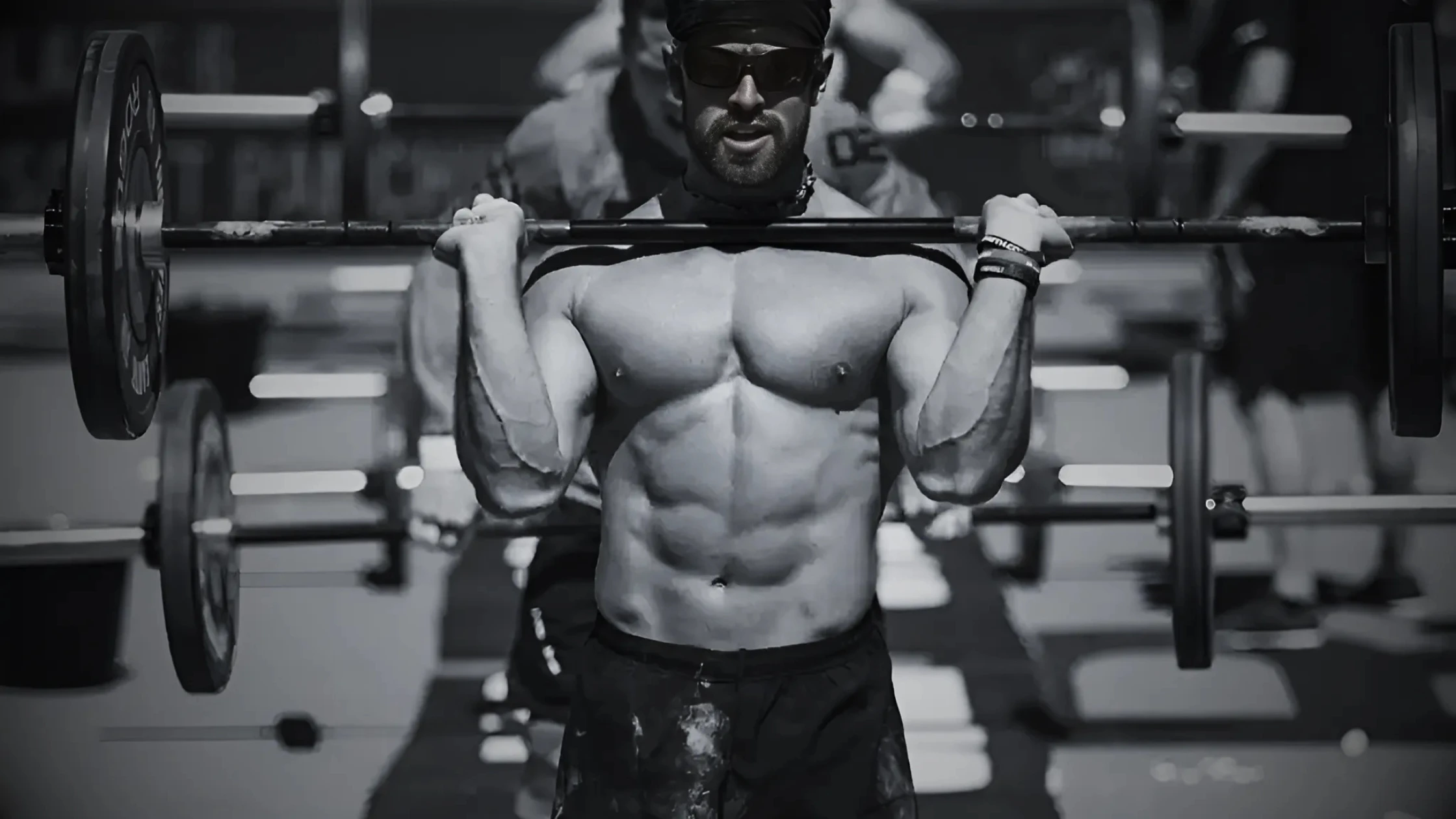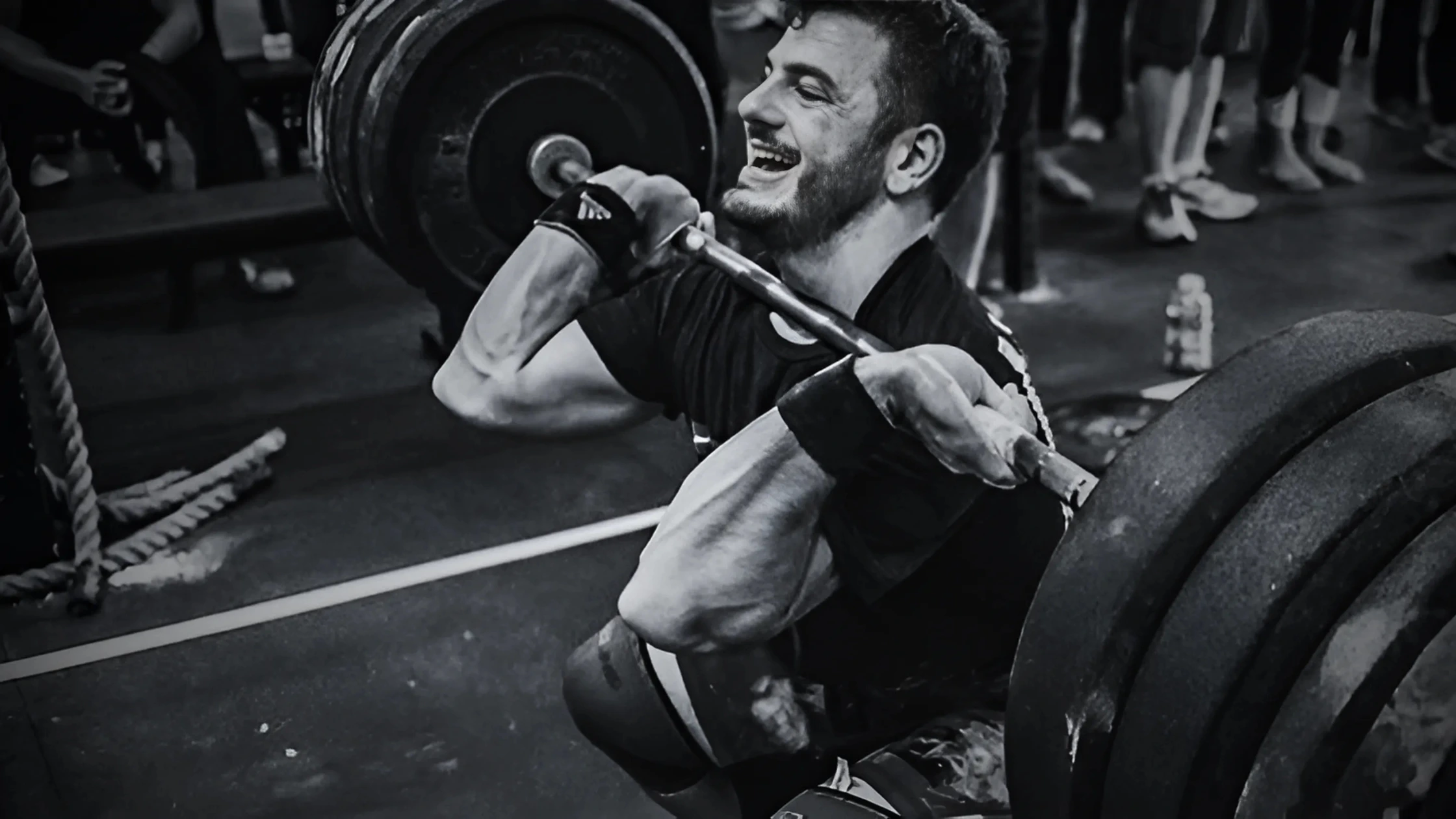If you’ve been hanging around your local box for a while, you’ve probably noticed the barbells getting stacked with some serious plates. And if you’re new, you might be wondering, “Do CrossFit athletes lift heavy weights, or is that just Instagram hype?”
Well, spoiler alert: yes, they do. But it’s not just about showing off those bumper plates or chasing PRs for the sake of it. Heavy lifting in CrossFit is about much more than brute strength—it’s a tool to improve your overall performance, smash through plateaus, and become a more well-rounded athlete.
Before you start slapping on the 45s, let’s dig into why heavy lifting is such a big deal in the CrossFit community and how it fits into the bigger picture of functional fitness.
The Role of Strength Training in CrossFit
If you’ve been in the CrossFit game for even a minute, you know strength training is non-negotiable. It’s not just about tossing around a barbell for bragging rights but the foundational part of becoming a better, more capable athlete. Those compound lifts we all love to hate (think squats, deadlifts, and presses) are at the heart of almost every WOD for a reason.
Why? Because heavy lifting builds real strength—the kind that transfers to everything else you do in CrossFit. You can’t crush a bar muscle-up or bang out unbroken thrusters without a solid strength base. Lifting heavy not only helps you move more efficiently but also powers up your metabolic conditioning (hello, faster Fran times).
Lifting heavy also builds functional strength—the kind you use in real life. Whether you’re picking up a sandbag or helping a friend move a couch, it makes you stronger where it really counts. It’s not just about gym records; it’s about being ready for any challenge, inside or outside the box.
Bottom line? Strength training isn’t just a piece of the puzzle in CrossFit but the glue that holds everything together. Without it, your performance (and let’s be honest, your leaderboard rankings) are going to suffer. So, if you’ve been dodging the strength portion of class, it’s time to stop cherry-picking and start lifting.
Heavy Lifting vs. Functional Fitness: Finding the Balance
In CrossFit, how much weight you can throw around matters; it’s about how well that strength carries over to everything else you do. Sure, crushing a 400-pound deadlift feels epic, but if you can’t string together toes-to-bar or keep up in a chipper workout, you’re missing the point. CrossFit is all about balance.
Heavy lifting and functional fitness go hand in hand. The raw power you build from heavy squats or cleans directly supports your ability to dominate skills like box jumps, burpees, or even gymnastics moves like pull-ups and muscle-ups. It’s like connecting the dots—strength makes everything else smoother, faster, and more efficient.
But here’s the kicker: you can’t just max out on heavy lifts all the time. CrossFit athletes need to focus on being versatile. Lifting heavy complements speed, endurance, and agility, but it doesn’t replace them.
To perform at your best, you have to know when to push for strength gains and when to scale back and work on conditioning or skill work. Finding that balance is what separates a well-rounded CrossFit athlete from someone who’s just a one-trick pony.
Progression and Periodization in CrossFit
Let’s be real—nobody walks into a box on day one and starts lifting like Tia-Clair Toomey or Mat Fraser. Heavy lifting in CrossFit is a process, and that’s where progression and periodization come into play.
Progressive overload is the name of the game. It’s all about gradually increasing the weight on the bar over time to get stronger without burning yourself out. You’re not going to hit a new PR every week, and that’s okay. Small, consistent increases in weight lead to big gains in the long run. It’s not sexy, but it works.
Then there’s periodization, the secret weapon for smart CrossFit programming. Coaches use it to structure training cycles, mixing heavy lifting days with lighter ones and pairing strength-focused blocks with conditioning work. This keeps your body adapting while avoiding overtraining or injuries. Think of it as a roadmap to hitting your goals while staying in the game for the long haul.
And let’s not forget recovery—it’s just as important as the work you put in. Rest days, mobility work, and proper nutrition help your body handle the demands of lifting heavy. Without recovery, you’re more likely to stall your progress or, worse, get sidelined with an injury.
In CrossFit, lifting heavy is a journey, not a race. Stick with the process, trust your programming, and watch your strength (and confidence) skyrocket.

When and Why CrossFit Athletes Lift Heavy?
Now that we’ve covered why strength is important and how to build it, let’s talk about when and why CrossFit athletes focus on lifting heavy.
Lifting heavy isn’t something you do in every WOD. But there are times, like during strength-focused workouts or before a competition, like the CrossFit Open, when going heavy is key. These phases are meant to help you build max strength, set new PRs, and increase your overall power. It’s all about pushing your limits in a controlled way so you’re ready when the pressure is on.
Even outside of those specific periods, lifting heavy can help you break through plateaus. If you’ve been stuck at a certain weight for a while, going heavy for a bit can help spark progress again. Whether you’re finally hitting a new clean and jerk PR or getting past that stubborn deadlift goal, lifting heavy resets your baseline and gives you something new to chase.
A study from Sports Medicine shows that lifting heavy and progressively increasing weights is a proven way to break through plateaus and get stronger. By challenging your muscles with heavy lifts, you keep seeing improvement and avoid stagnation (PMC Article).
Heavy lifting also builds mental strength. It’s not just about physical gains—it’s about proving to yourself that you can push through tough challenges. That mindset helps you in every aspect of CrossFit and life.
So, while heavy lifting isn’t always the focus, knowing when to work it into your routine can boost both your performance and your confidence. When you lift heavy, you’re not just getting stronger—you’re building resilience for whatever comes your way.
Do CrossFit Athletes Lift Heavy Weights? Reddit Opinions
When it comes to lifting heavy weights, Reddit has a lot to say about the CrossFit approach. While CrossFit athletes do lift weights, the focus often leans more toward functional strength and high-intensity training rather than sheer maximum lifts. Here’s what Redditors had to share:
One Redditor summed it up: “CrossFit athletes do squats and deadlifts, but they aren’t trying to max out every week like powerlifters. It’s more about combining strength with endurance.” Another user highlighted the high-rep, high-intensity nature of CrossFit: “You’ll see lighter weights used in a ‘metcon’ format—think fast-paced workouts with lots of reps. It’s not about how heavy; it’s about how long you can sustain the effort.”
For many Redditors, CrossFit is all about practicality. “The goal is to be ready for real-life challenges. That’s why CrossFit focuses on functional movements like cleans and squats. Proper form beats a new PR any day.” One commenter pointed out that CrossFit’s high-intensity programming naturally limits the weights being lifted: “When you’re doing quick transitions and barely catching your breath, you can’t be throwing up your max deadlift.”
Redditors agreed that CrossFit’s mix of heavy, moderate, and light weights is a major draw. “One day you’re doing a heavy snatch, and the next it’s kettlebell swings for 50 reps. The variety is what builds that overall functional fitness.” While most focus on balanced programming, some noted that heavy lifting still has its place: “There are definitely days for max effort lifts. It just isn’t the sole focus like in powerlifting or weightlifting.”
The consensus? CrossFit athletes do lift heavy, but not exclusively. Their workouts blend moderate weights, functional movements, and high-intensity circuits to develop all-around fitness. Whether it’s a heavy squat day or high-rep snatches, CrossFit prioritizes versatility over specialization.
The Bottom Line
Heavy lifting is a game-changer in CrossFit. It’s not just about adding weight to the bar—it’s about building serious strength that improves your performance across the board. When done with good technique and smart programming, lifting heavy helps you push through plateaus, crush PRs, and level up your overall fitness. So, don’t be afraid to accept the challenge. Get comfortable with going heavy, and remember, the strength you build in the gym will carry over to everything you do—inside the box and in life. Keep lifting, keep growing, and watch yourself hit new goals.

